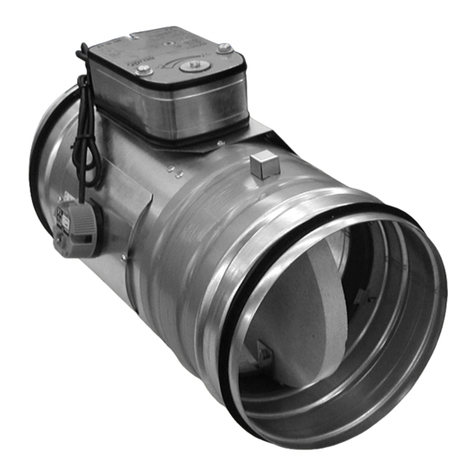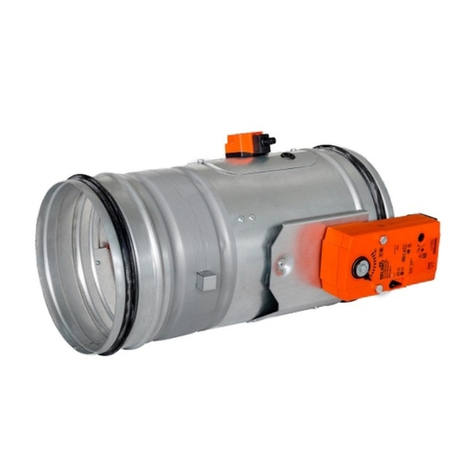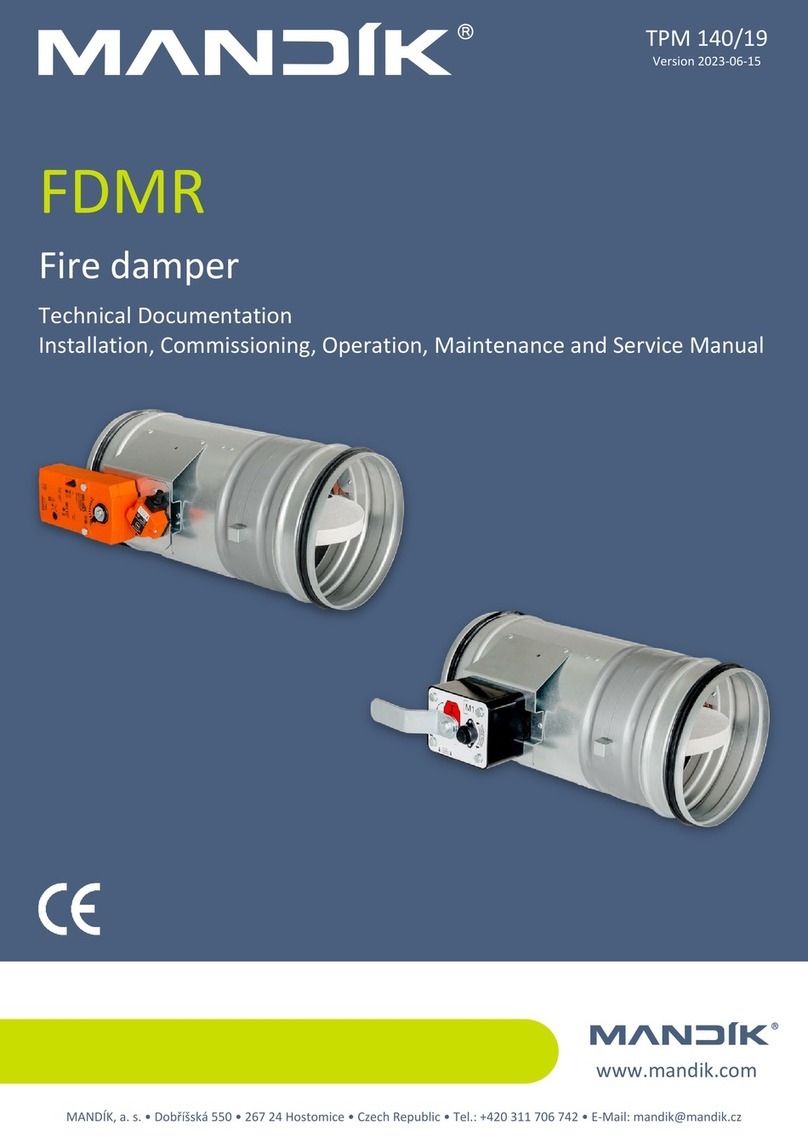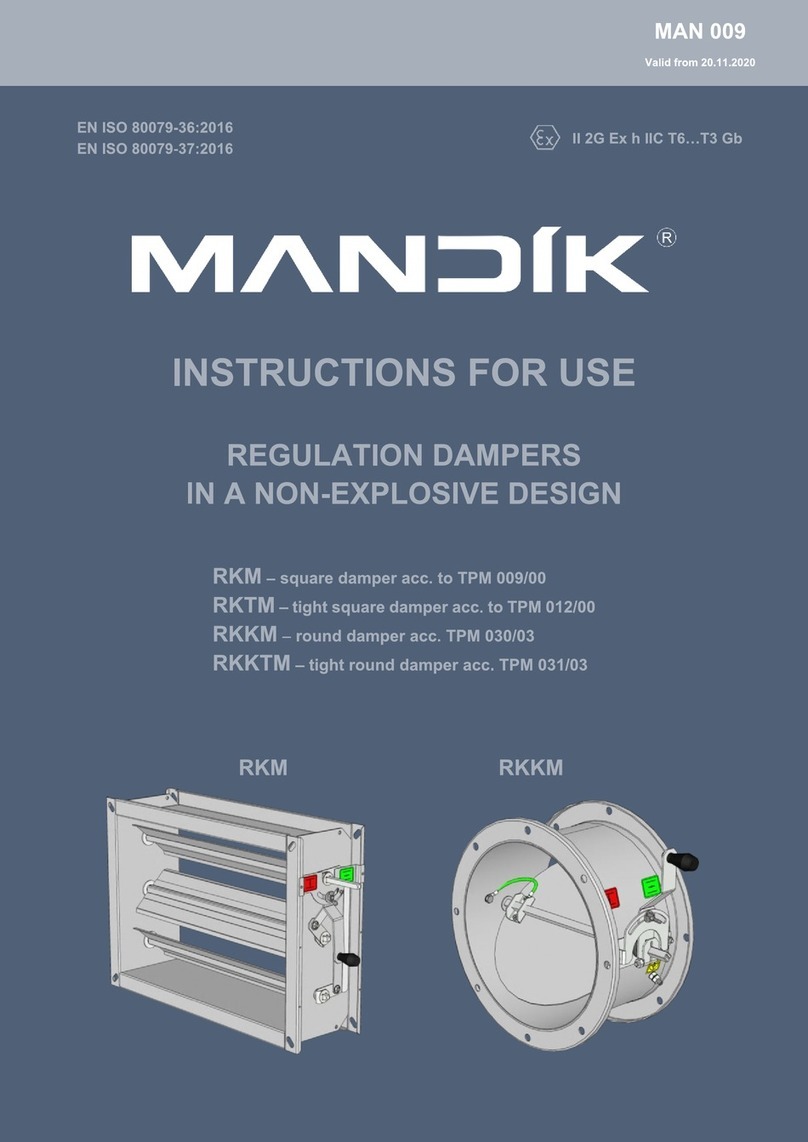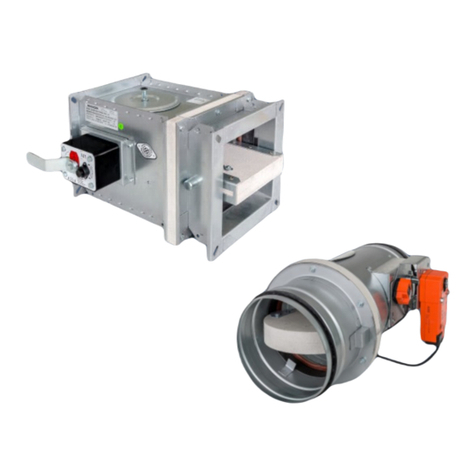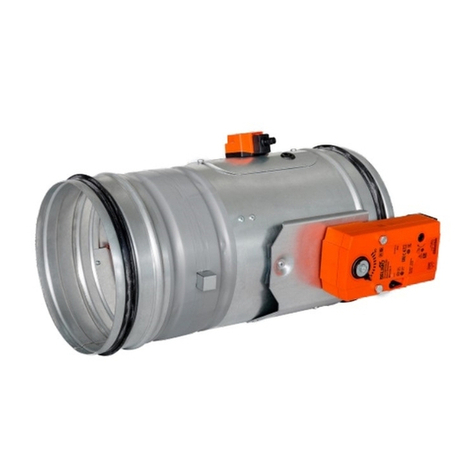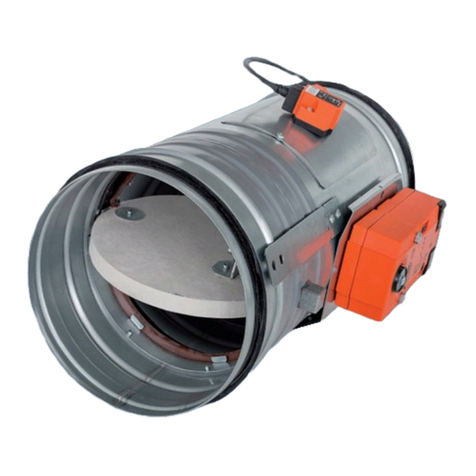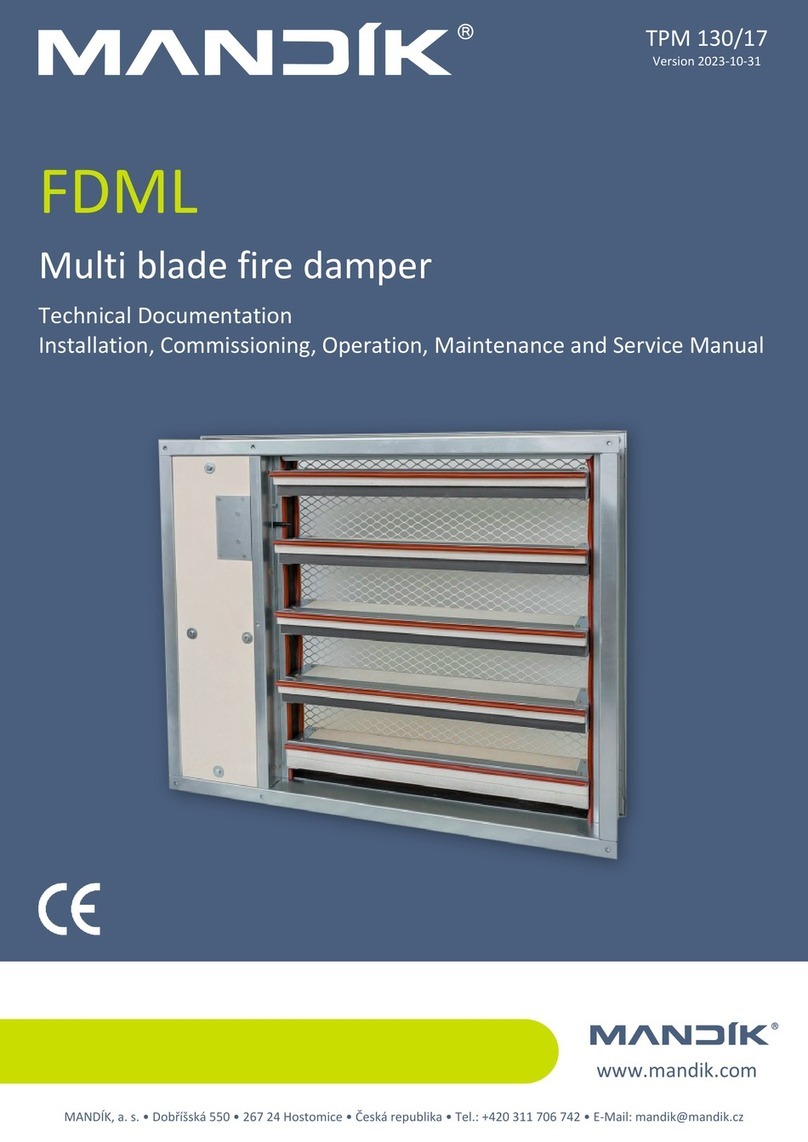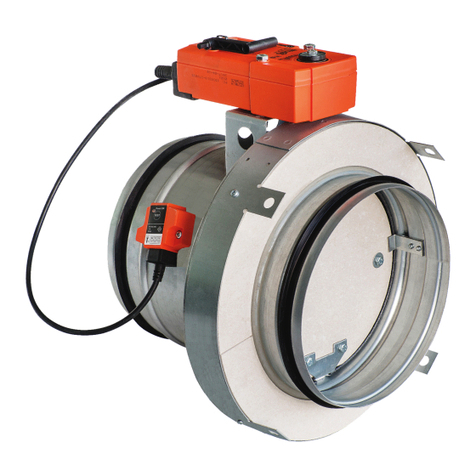Mandik FDMC User manual
Other Mandik Fire And Smoke Damper manuals
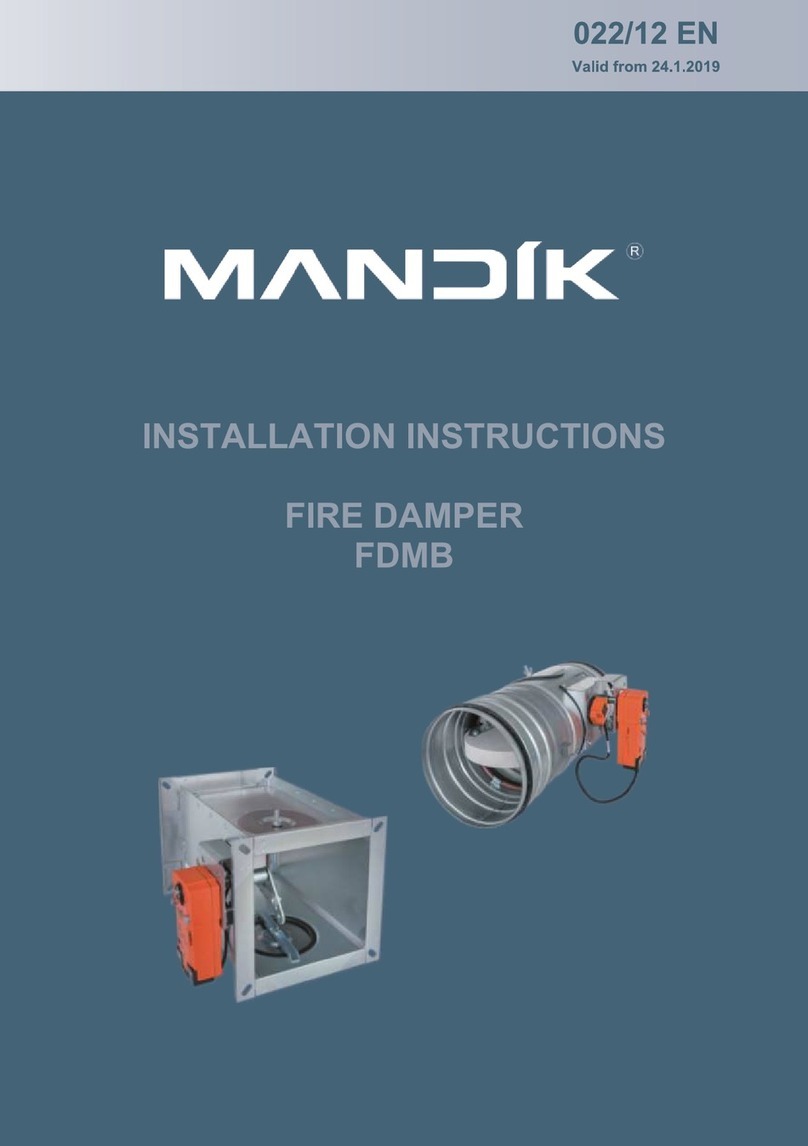
Mandik
Mandik FDMB Series User manual

Mandik
Mandik NKTM User manual

Mandik
Mandik SEDM User manual

Mandik
Mandik SEDM Guide
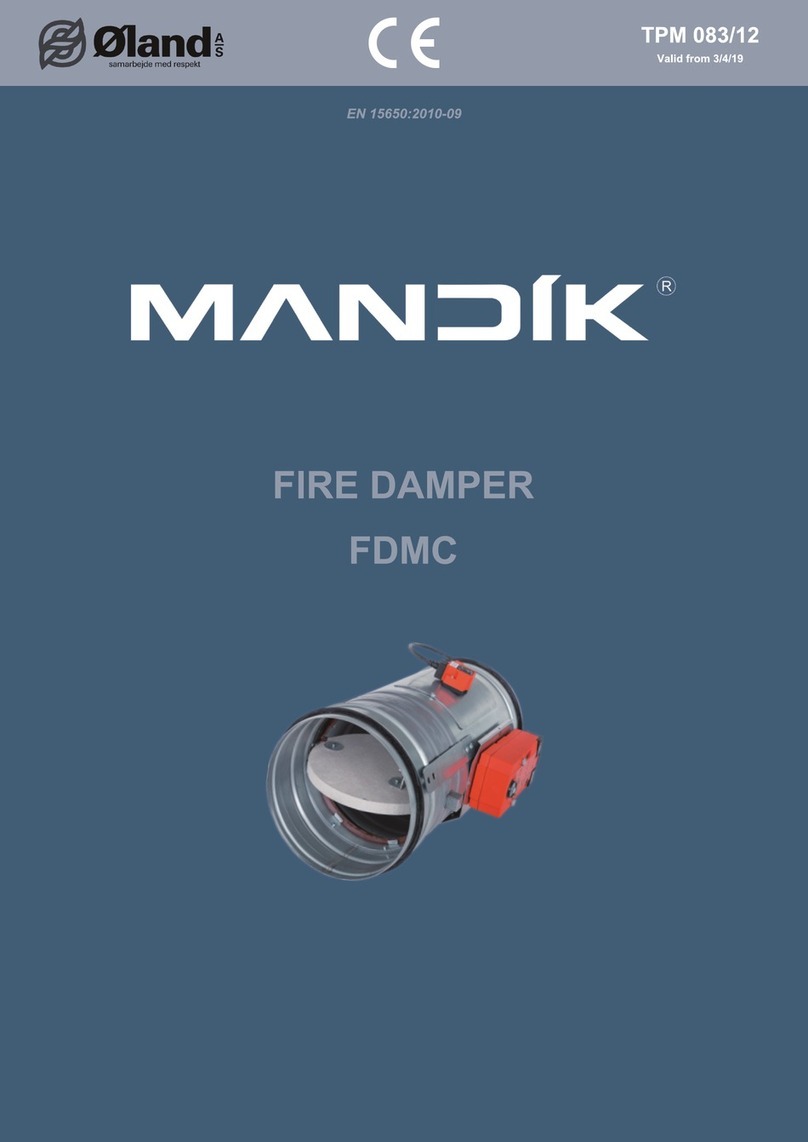
Mandik
Mandik FDMC Series User manual
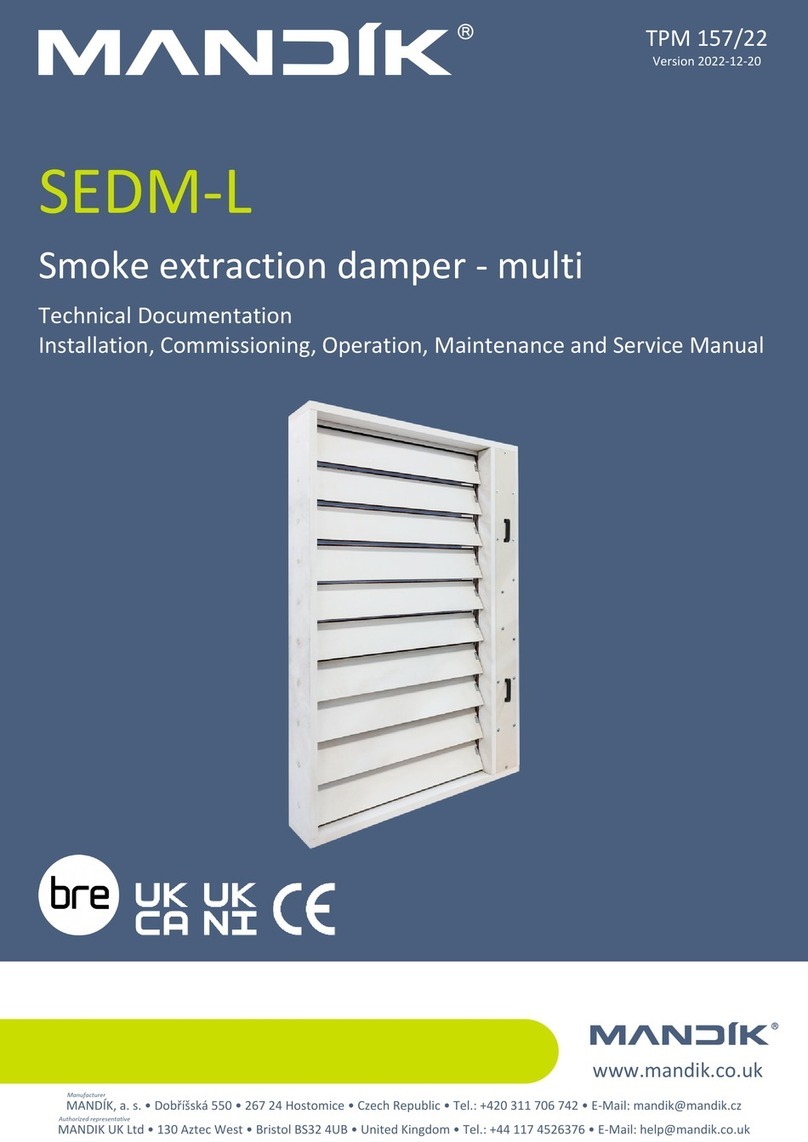
Mandik
Mandik SEDM-L Guide

Mandik
Mandik MSD Square Configuration guide
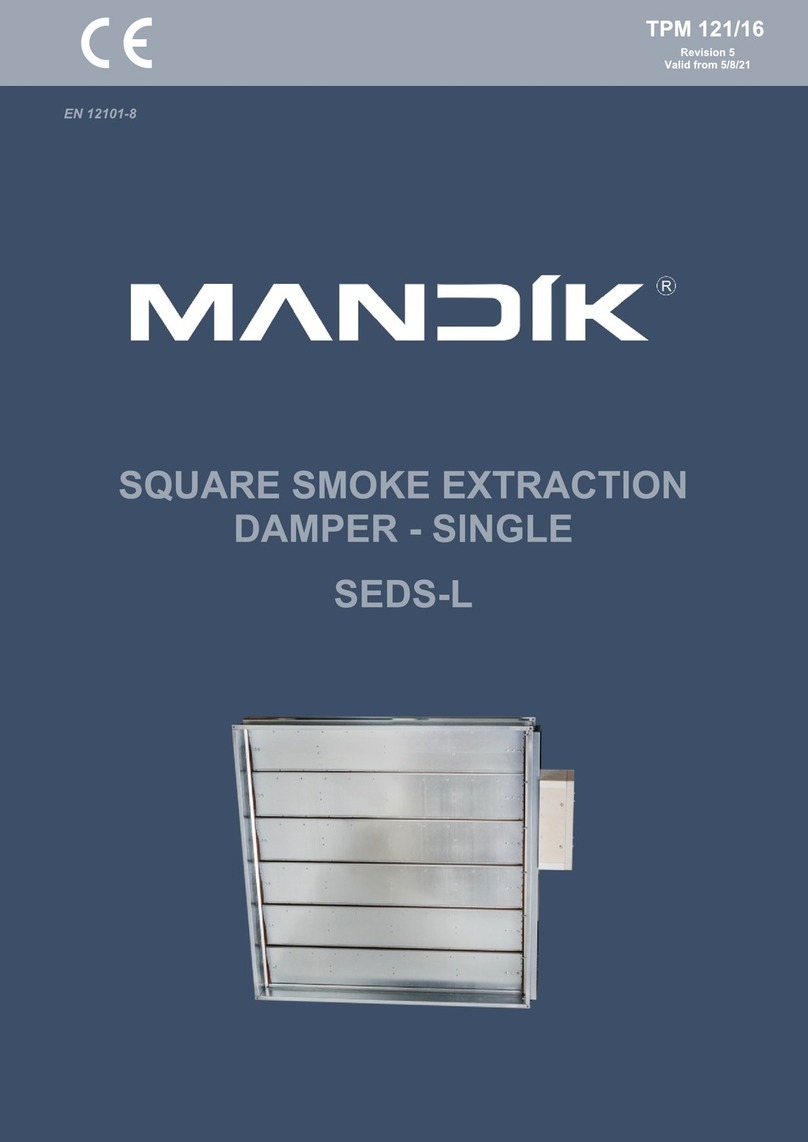
Mandik
Mandik SEDS-L User manual
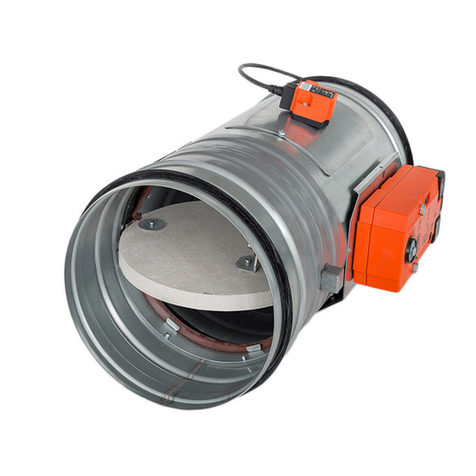
Mandik
Mandik FDMB User manual

Mandik
Mandik SEDM-L User manual
Popular Fire And Smoke Damper manuals by other brands
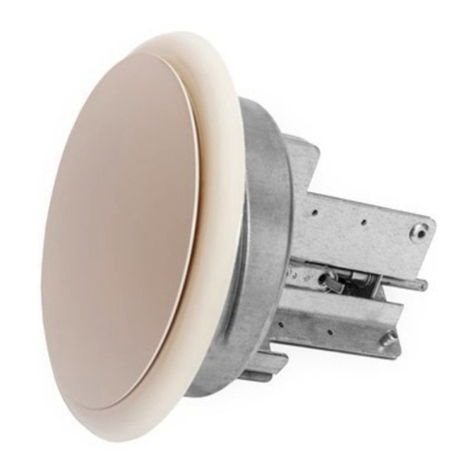
mercor
mercor mcr ZIPP Operation and maintenance manual

HVC
HVC NCA 700 Series Operation and maintenance manual
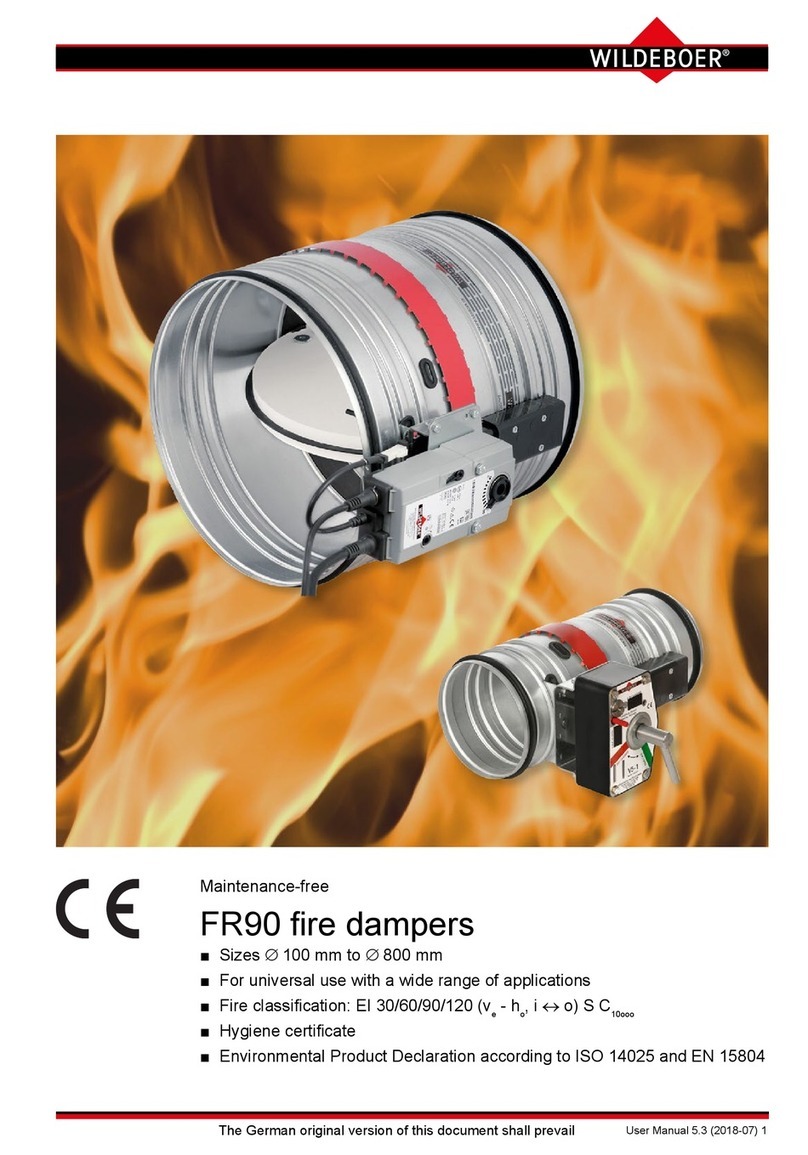
Wildeboer
Wildeboer FR90 user manual
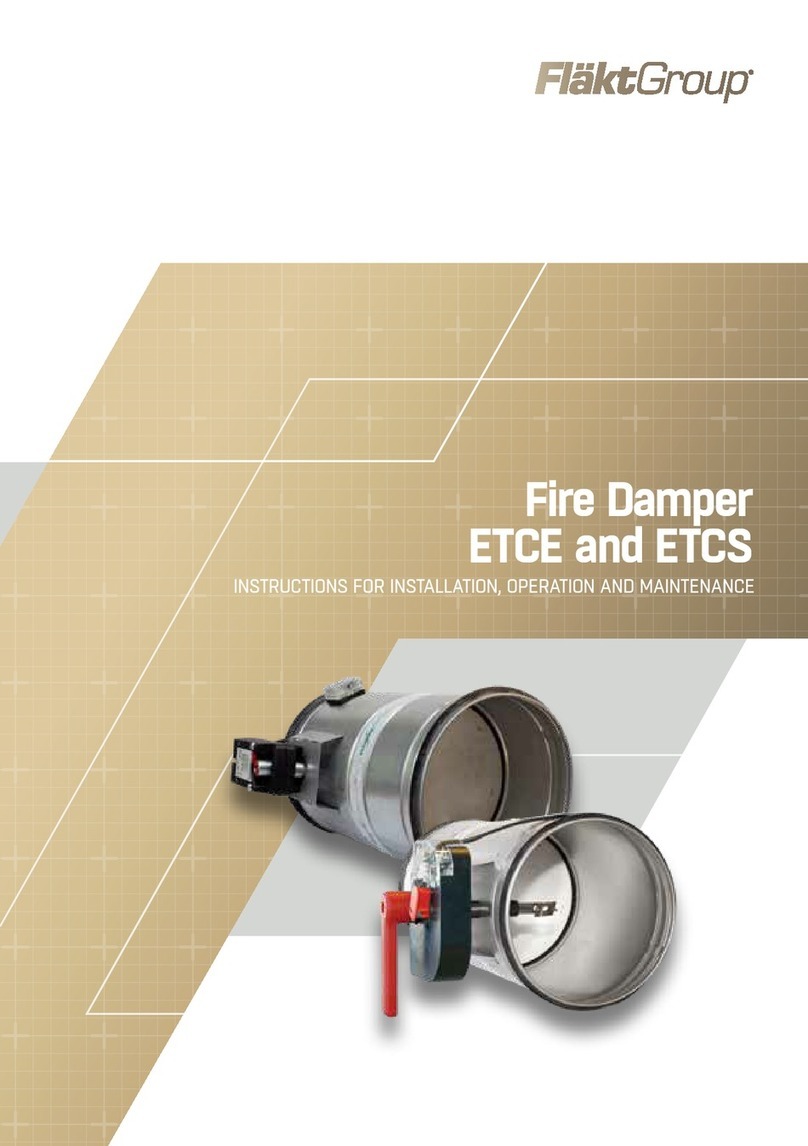
FläktGroup
FläktGroup ETCE Instructions for installation, operation and maintenance
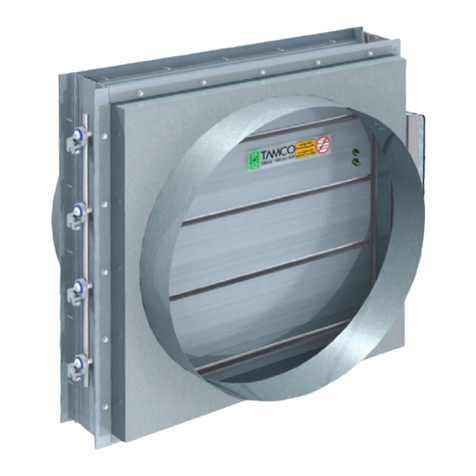
Tamco
Tamco 1000 SM Series manual
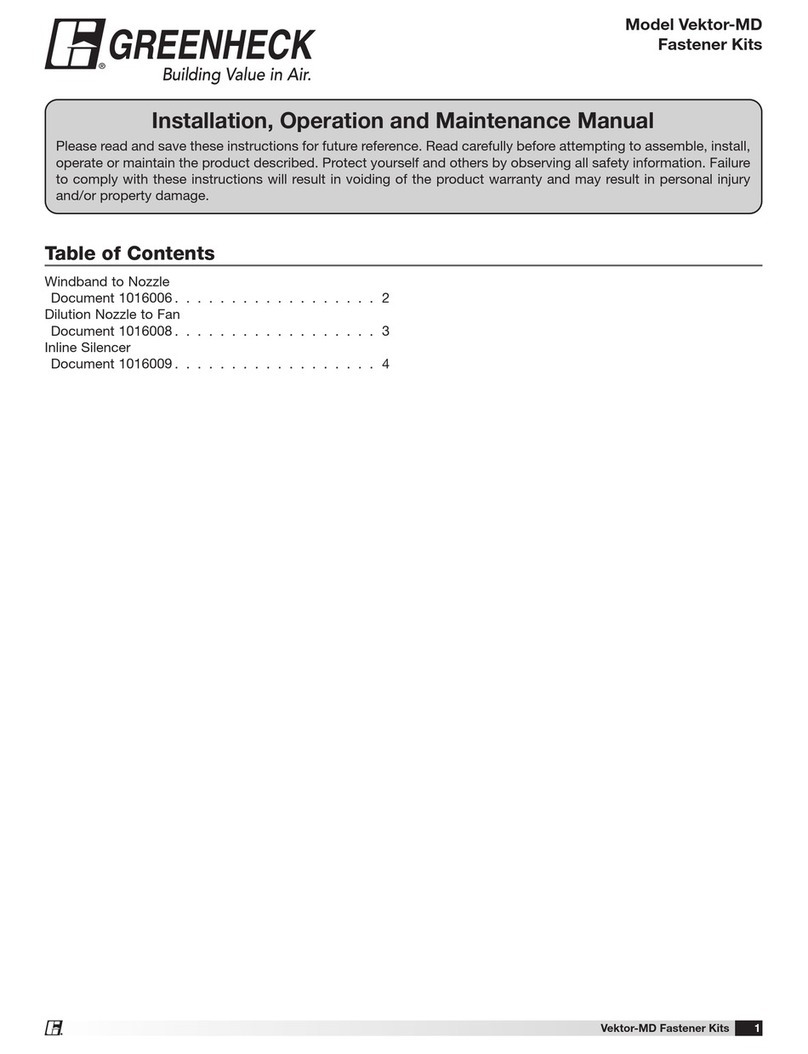
Greenheck
Greenheck Vektor-MD Installation, operation and maintenance manual

BLAUBERG Ventilatoren
BLAUBERG Ventilatoren BSK user manual

mercor
mercor mcr FID PRO Series Operation and maintenance manual
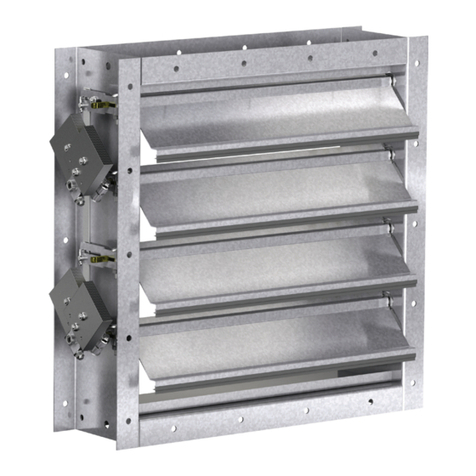
Greenheck
Greenheck HPR Series Installation, operation and maintenance manual

Greenheck
Greenheck HPR Series Installation, operation and maintenance manual

SMAY
SMAY WKP-P installation manual
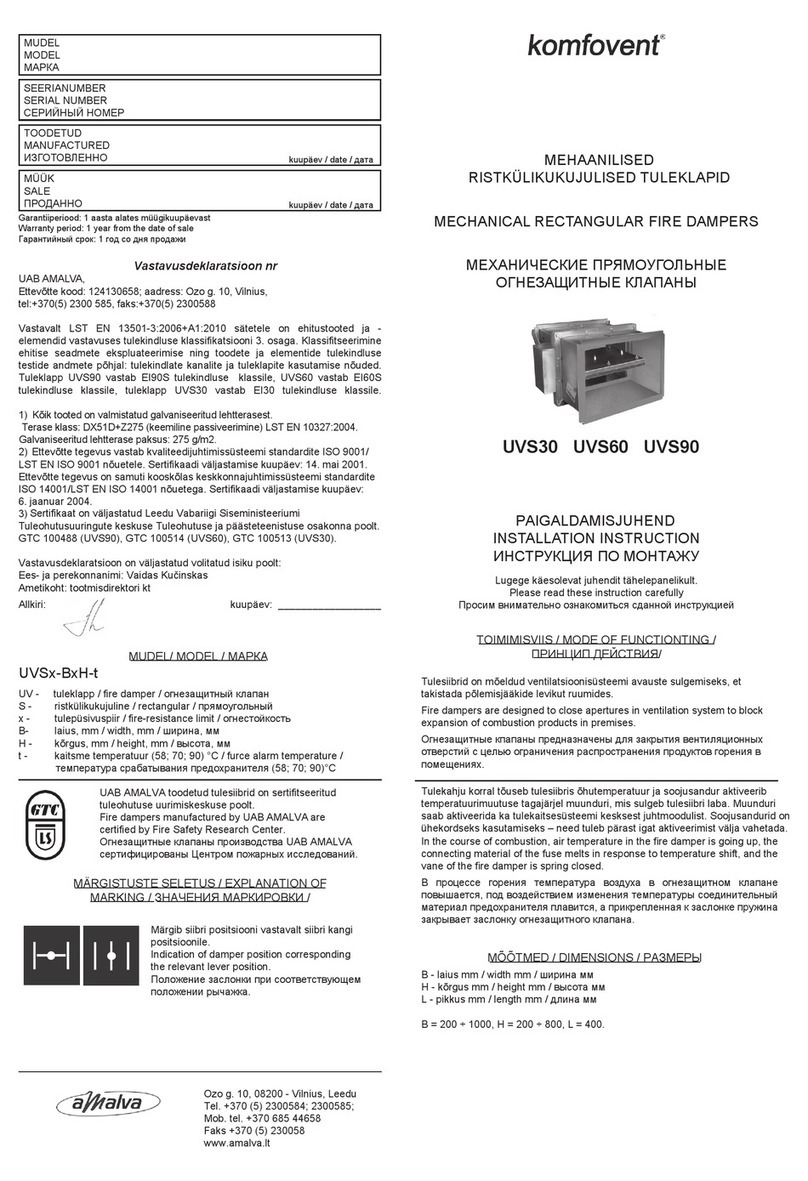
Komfovent
Komfovent UVS30 Installation instruction
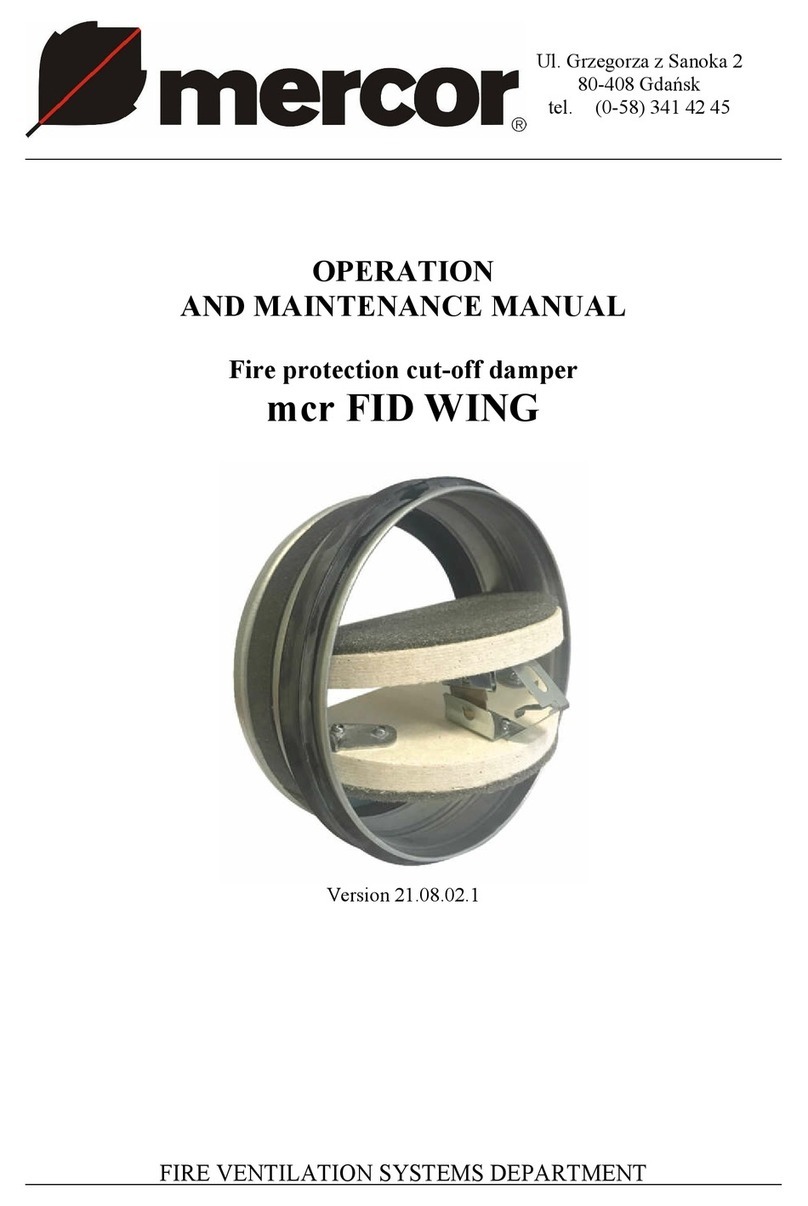
mercor
mercor mcr FID WING Technical documentation operation manual
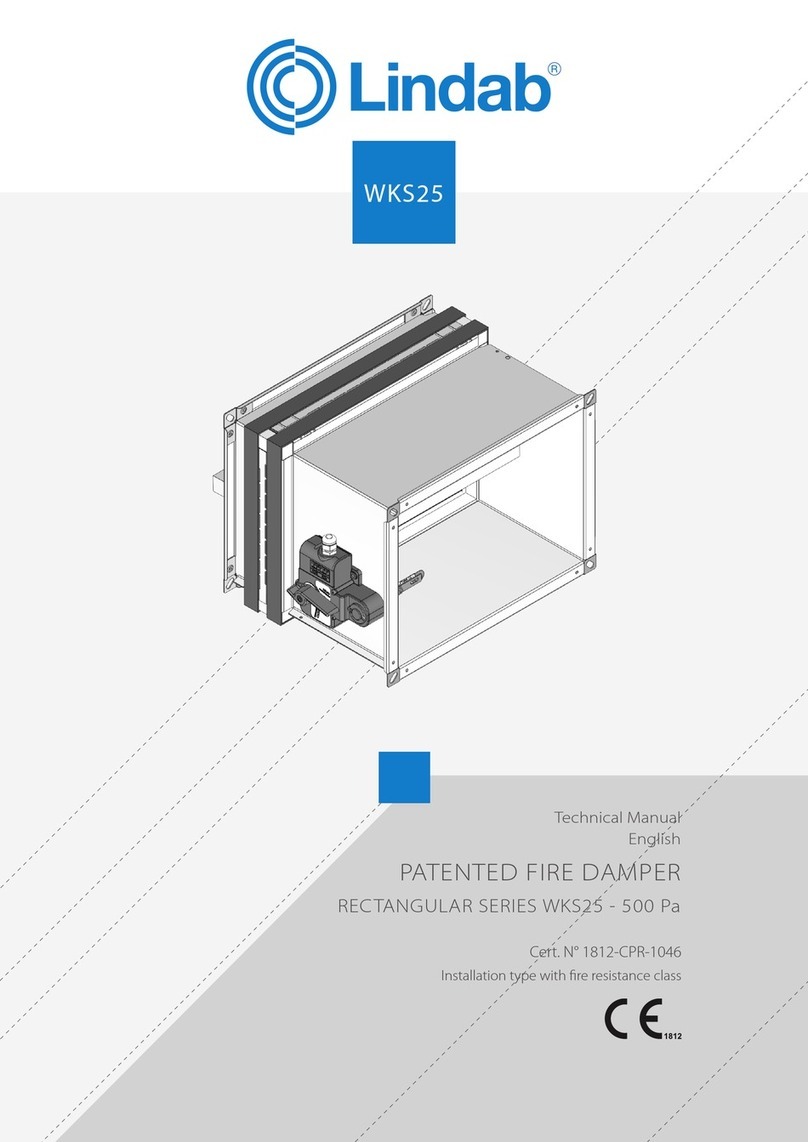
Lindab
Lindab RECTANGULAR Series Technical manual

Vents
Vents KP Series user manual
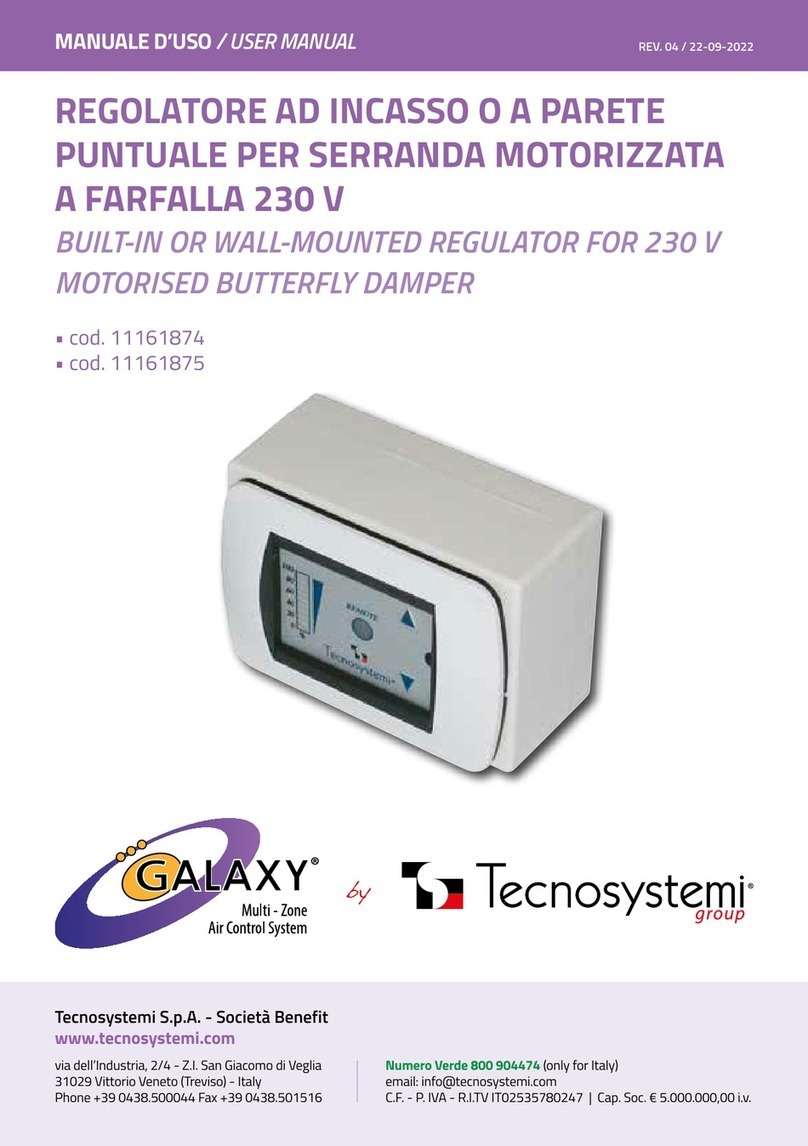
Tecnosystemi
Tecnosystemi GALAXY 11161874 user manual
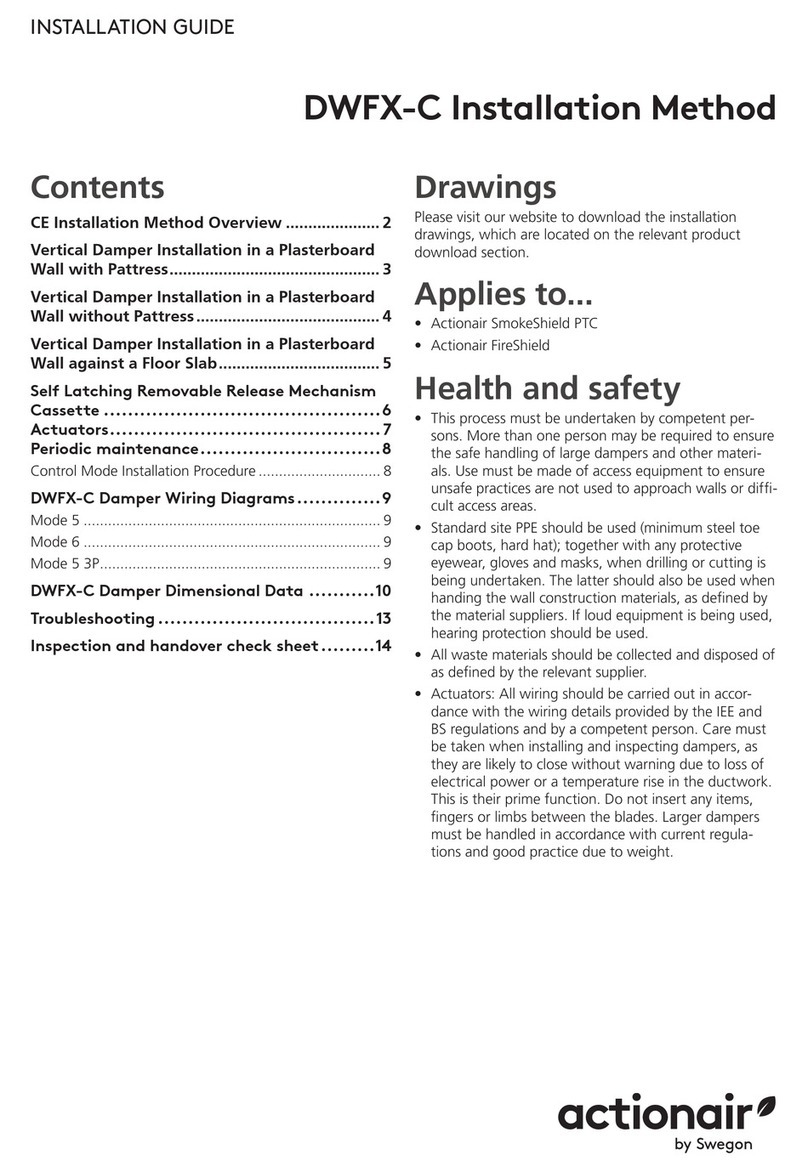
Swegon
Swegon actionair DWFX-C installation guide
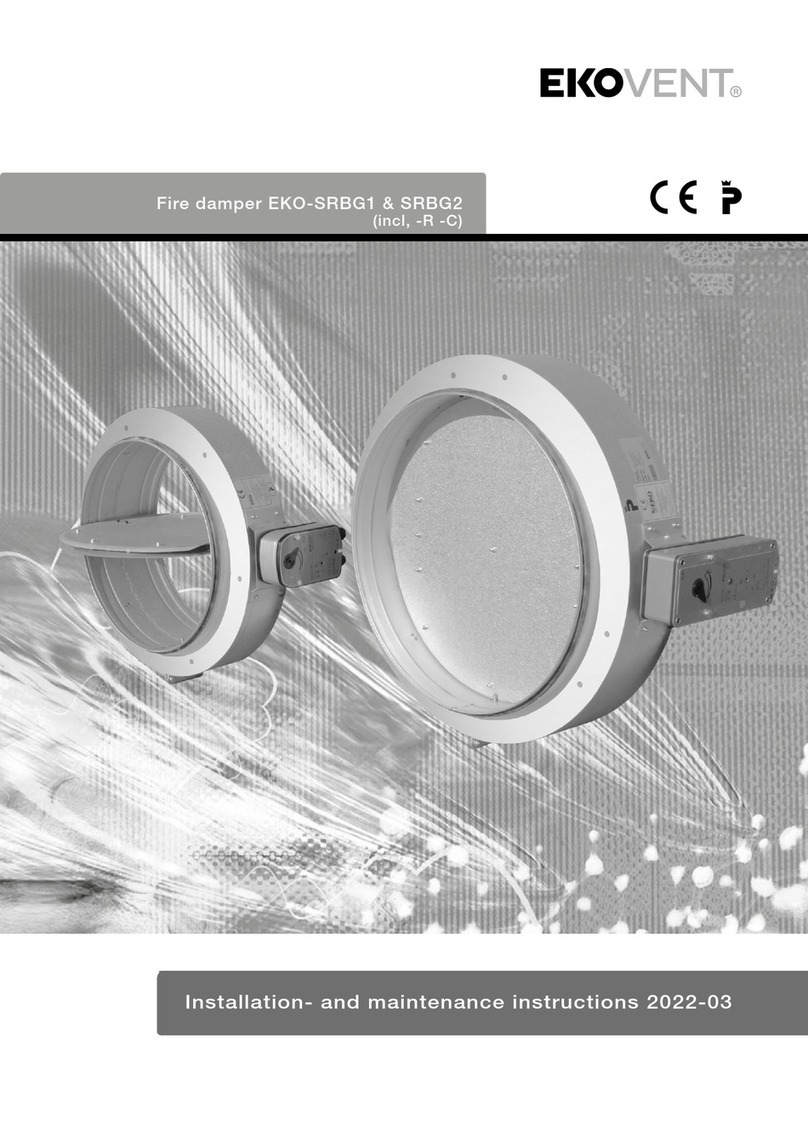
EKOVENT
EKOVENT EKO-SRBG1 Installation and maintenance instructions
